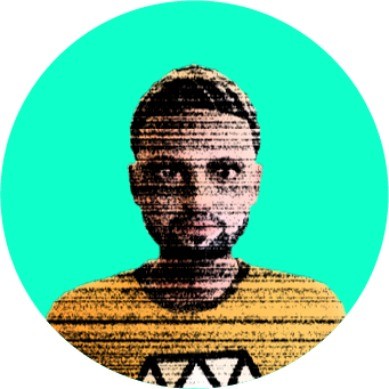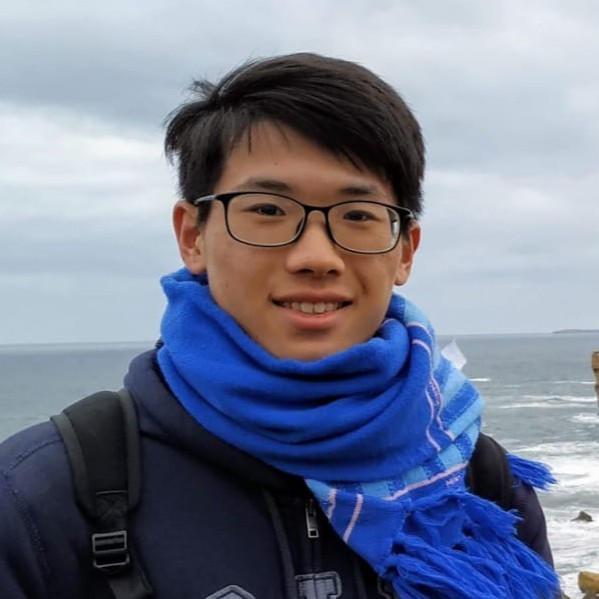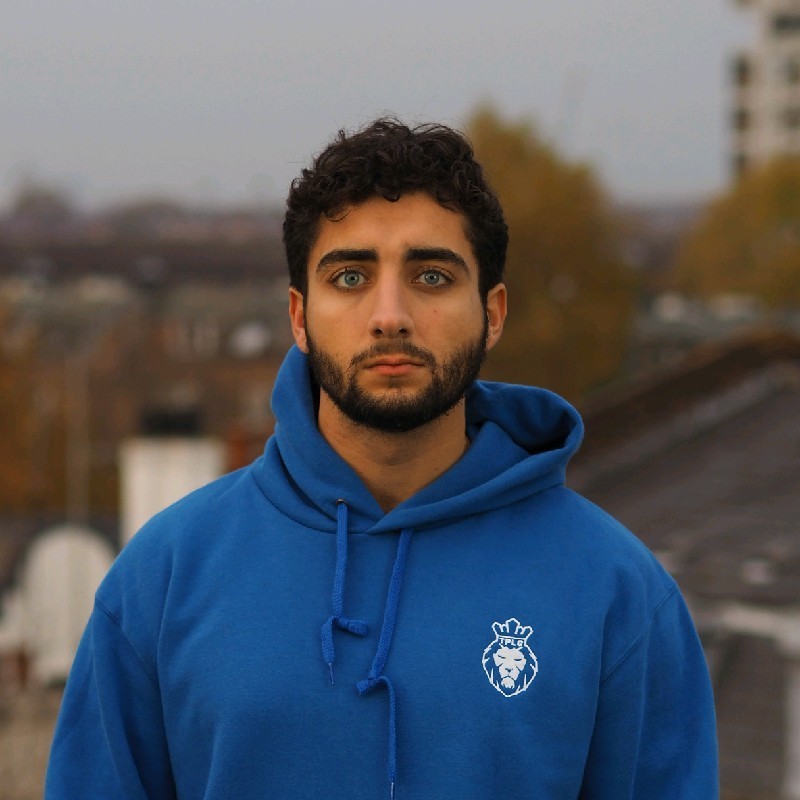Dec 14, 2022
For years now, crypto companies have entered the sports sector, either as sponsors or suppliers of products and services. The most active companies in this space are Binance, Crypto.com, Socios.com and Sorare. Of course, one of the most important Web3 innovations in the sports sector is the fan token.
The FIFA World Cup 2022 in Qatar has been a further opportunity to forge links with the world of football. In fact, the hope is that it will have increased awareness of the fan token and the whole crypto world.
The World Cup is the most watched sporting event in the world and attracted 3.5 billion viewers in 2018. What’s more, this figure is expected to exceed five billion for the 2022 World Cup. Therefore, Web3 will connect with more than half of the world's population this year through sponsorship, advertising and interactive experiences.
Official sponsors and suppliers
Before we consider the role of the fan token, however, we must discuss the impact of sponsorship.
The cryptocurrency exchange Crypto.com is an official sponsor of the 2022 FIFA World Cup. Thanks to this role, all broadcasts from the stadium at every match feature the company's logo. Indeed, Crypto.com is famous for its growth strategies through sponsoring sporting events.
In addition to the FIFA agreement, Crypto.com has previously signed agreements with the Los Angeles Lakers and Paris Saint-Germain.
Unlike the fan token, cryptocurrency trading does not equate to greater Web3 adoption. Despite this, the entry of users into centralized exchanges is essential. This is because increased Web3 user accessibility lays the foundation for a more popular Web3 space.
FIFA has also adopted Algorand, a blockchain focused on sustainability, as its official blockchain platform. As part of this agreement, Algorand provides FIFA’s official wallet as well.
Algorand will assist FIFA in further developing its digital asset strategy. At the same time, FIFA will provide sponsorship assets such as advertising, media exposure and promotional opportunities.
Fan token
Several national teams have launched their own fan token, for example, Argentina (ARG), Brazil (BFT), Portugal (POR) and Spain (SNFT). The main goal of these tokens is to make fans feel closer to their favorite team. However, owning a token requires a wallet, prompting many fans to join the crypto world by getting their own wallet.
The holder of a fan token then has access to services, rewards and benefits provided by their respective club. Thus, fan tokens enable clubs and national teams to interact with their supporters in an innovative way.
Beyond the fan token: other initiatives and events
The fan token and direct sponsorship are not the only ways to improve Web3’s visibility. Other major cryptocurrency exchanges have launched initiatives such as Bybit’s 'Crypto Cup Kickoff' events. With a prize pool of $500,000, users can win money and non-fungible tokens (NFTs) by predicting match outcomes.
In fact, Visa (one of FIFA's main sponsors) has teamed up with Crypto.com to raise awareness of the event. Five NFTs depicting the most important goals in previous World Cups were auctioned off by Visa. The auction closed on 8 November, with the proceeds going to charity.
To boost fan engagement, much like the fan token, Visa also allows fans to create NFTs during the event. Not only that, but fans attending the World Cup can participate in dedicated matches during the FIFA Fan Festival . The interactive playground will capture their movements and create unique GIFs in the colors of their favorite national team. Players can then choose to receive their GIF as an NFT through a Crypto.com account.
FIFA+ Collect
As can be seen from the fan token trend, fan engagement is big business. FIFA launched its first NFT marketplace (FIFA+ Collect) on Algorand. The platform allows football fans to own digital collectibles depicting iconic FIFA World Cup moments. These collectibles can then be displayed, traded and even used in challenges, thereby allowing owners to win special prizes.
Like the fan token revolution, FIFA+ Collect opens up a new world to fans. They can purchase FIFA Archive Drops, which are video snippets of highlights from previous FIFA World Cups turned into NFTs. NFTs on the market, for example, include the Colombian player James Rodriguez's goal against Uruguay in the 2014 World Cup. Similarly, the French player Kylian Mbappe's goal against Argentina at the 2018 FIFA World Cup is also for sale.
FIFA's partnership with Algorand has brought digital goods (like the fan token) to the forefront of people’s minds. This bodes well for the adoption of NFTs in global sporting events. Moreover, FIFA fans can purchase NFT collections with credit cards or USDC, a stablecoin linked to the US dollar. As a result, the payment barrier for real-world users when purchasing NFTs is effectively removed.
Conclusions
Overall, the development of the fan token shows how innovative ways to connect with fans can facilitate greater Web3 adoption.
FIFA NFTs, however, were introduced during a bear market. The opening of the 2022 World Cup coincided with the collapse of one of the most influential centralized exchanges, FTX. As a consequence, during this period, market liquidity quickly evaporated.
Thus, FIFA NFTs are unlikely to replicate the success of a sports NFT project like NBA Top Shot.
Despite this, FIFA's entry into the crypto world at such a popular event is certainly a boost for crypto. This may lead to a rise in fan token numbers and greater cryptocurrency adoption by individuals and organizations more generally.
The 2022 World Cup could therefore help attract new users to cryptocurrency exchanges and consequently boost the adoption of Web3.
______
Are you interested? Contact us
About the Author
Beatrice attended a Bachelor's degree in Italian Language, Literature and Civilization and got her Master's degree in 2020 at the Institute of Italian Studies of the University of Italian Switzerland (USI) in Lugano. Next to her humanistic education and passion for art history, she develops a personal interest in the field of communication and content creation, which she deepens in 2021 by attending a social media marketing training course. Since 2020 she has been part of the BrightNode team as a content writer.










